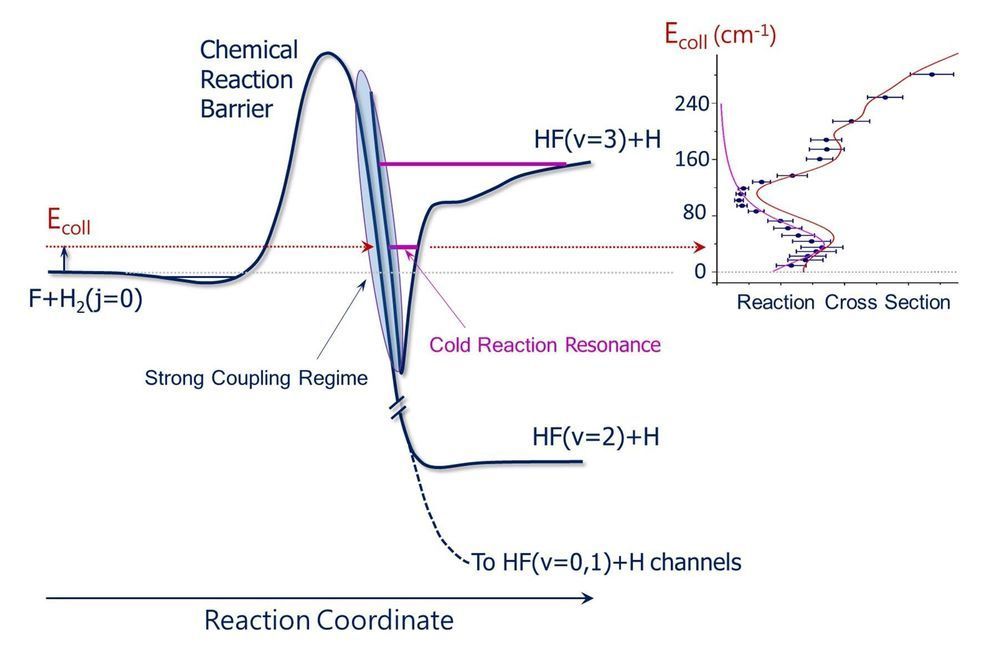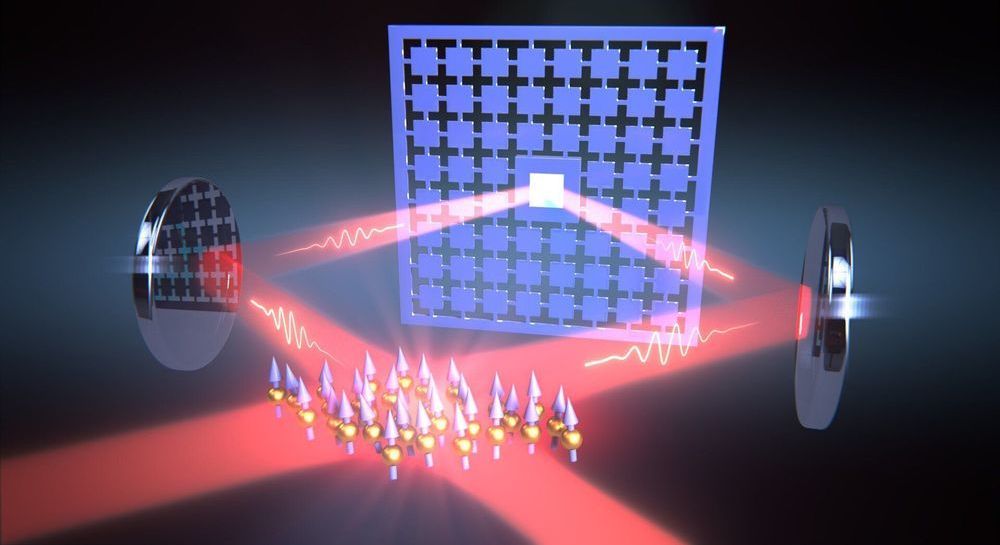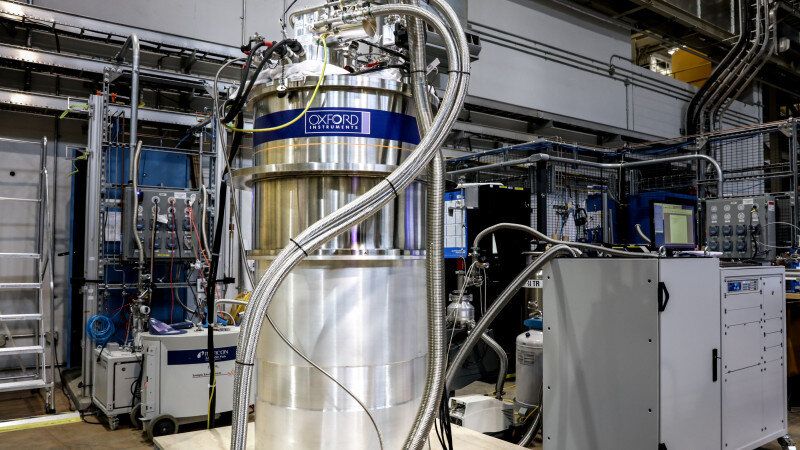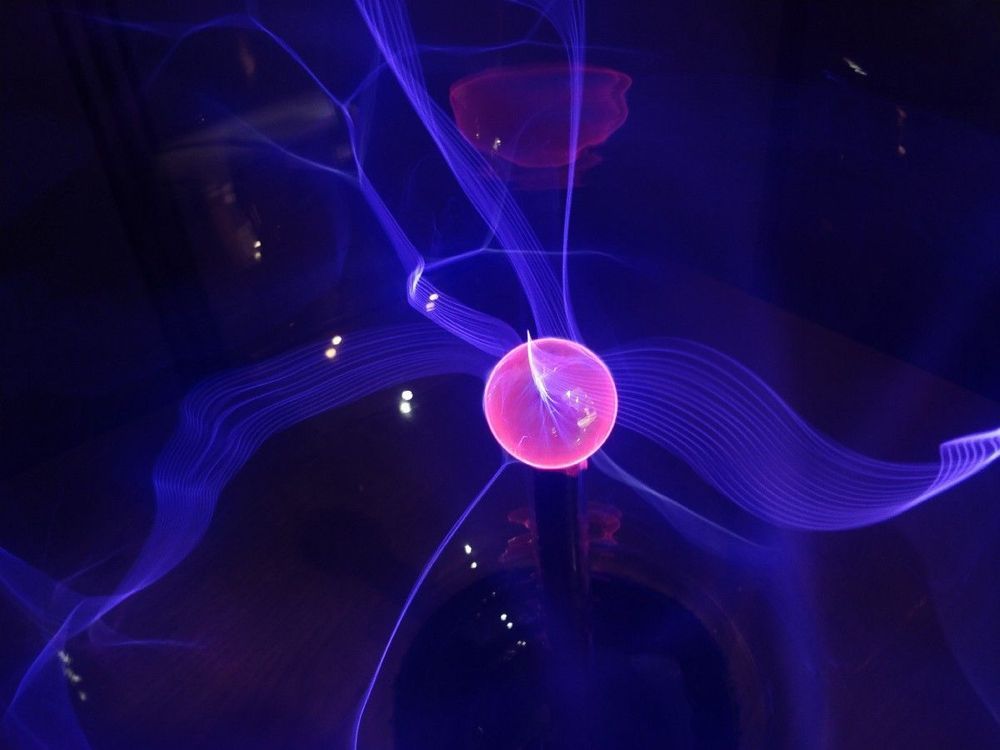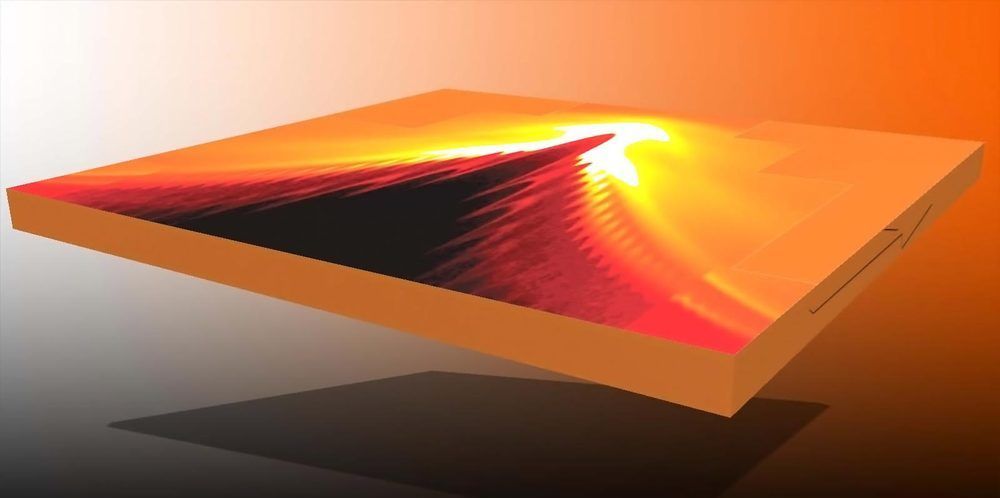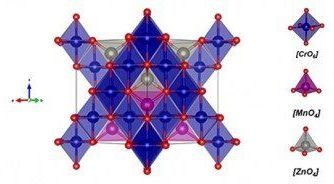Recently, Prof. Yang Xueming from the Dalian Institute of Chemical Physics of the Chinese Academy of Sciences and Prof. Yang Tiangang from the Southern University of Science and Technology discussed significant advances in the study of quantum resonances in atomic and molecular collisions at near absolute zero temperature. Their article was published in Science on May 7.
The rules of quantum mechanics govern all atomic and molecular collision processes. Understanding the quantum nature of atomic and molecular collisions is essential for understanding energy transfer and chemical reaction processes, especially in the low collisional energy region, where quantum effect is the most prominent.
A remarkable feature of quantum nature in atomic and molecular collision is quantum scattering resonances, but probing them experimentally has been a great challenge due to the transient nature of these resonances.
